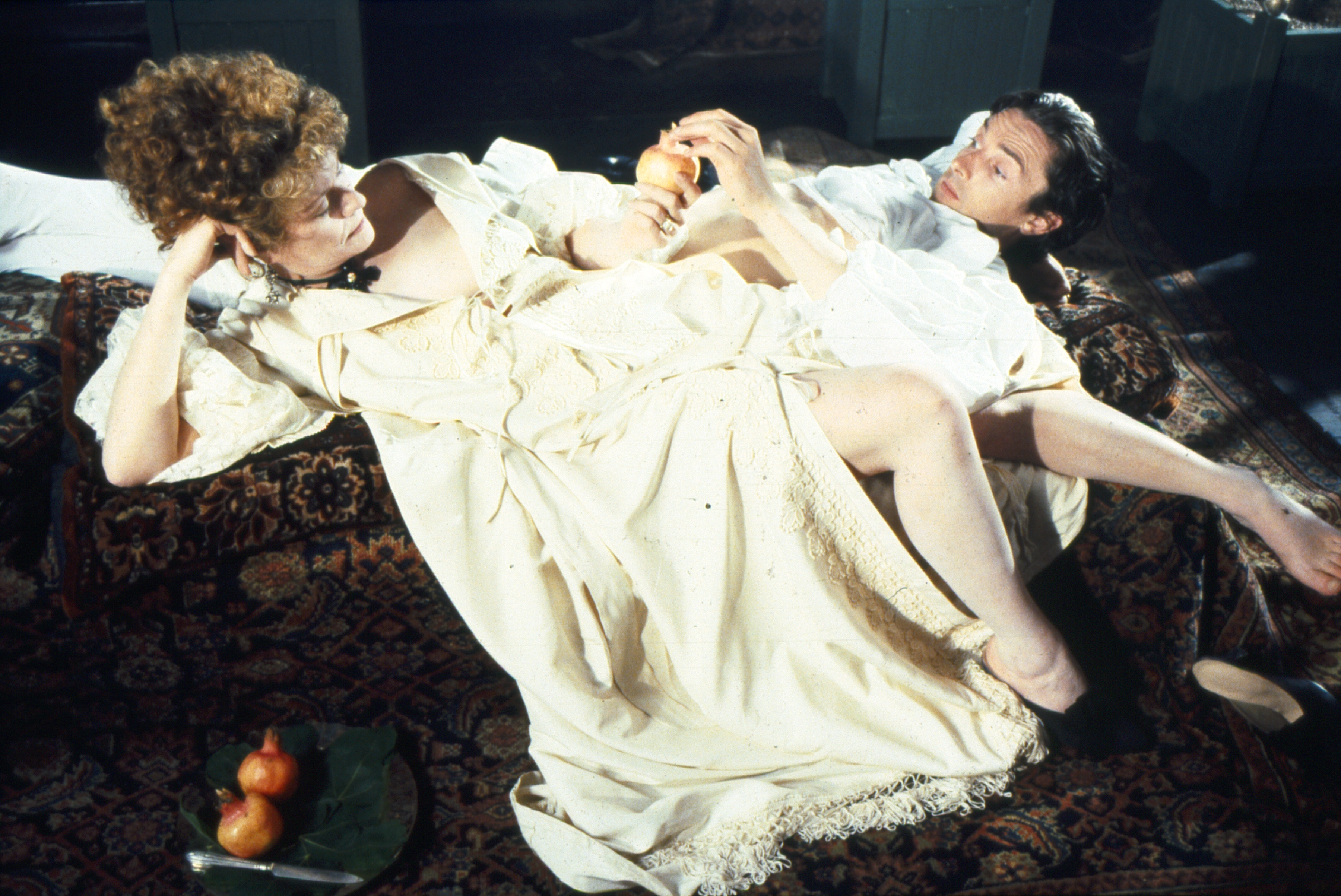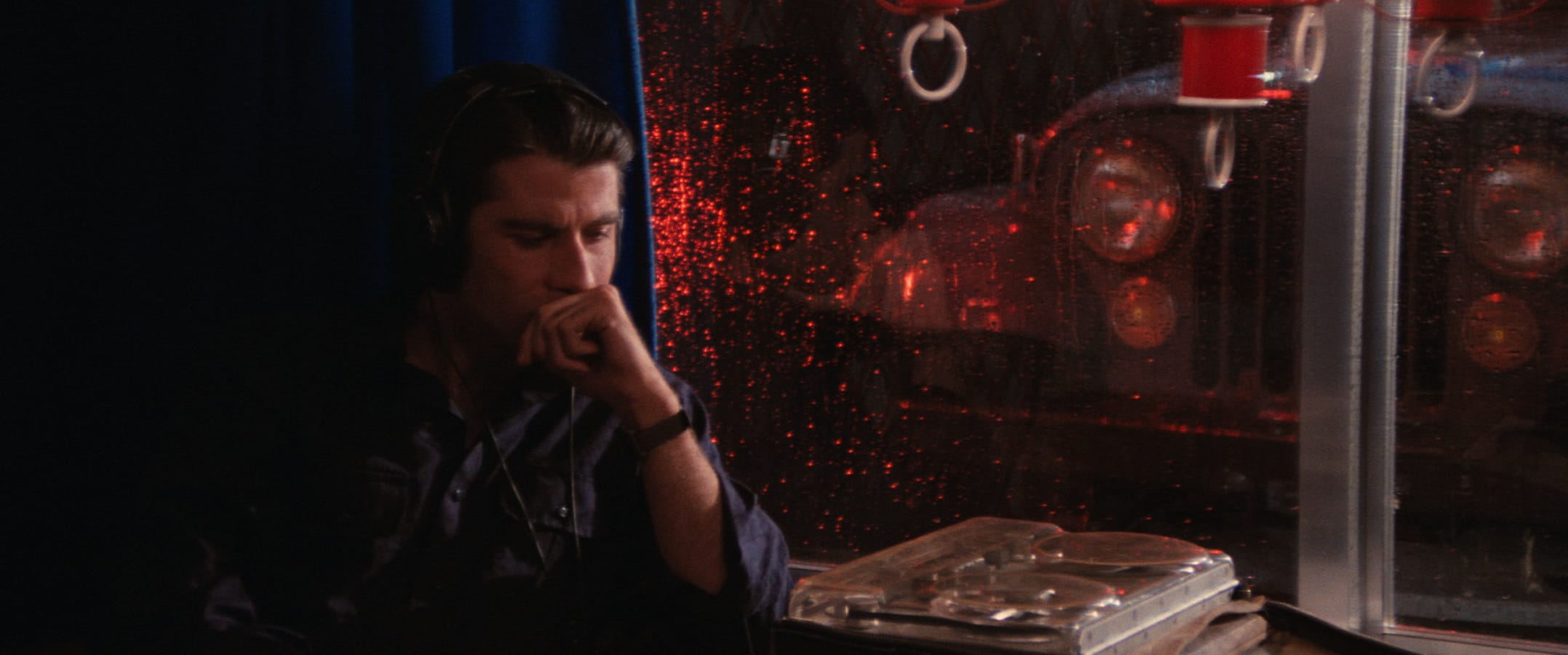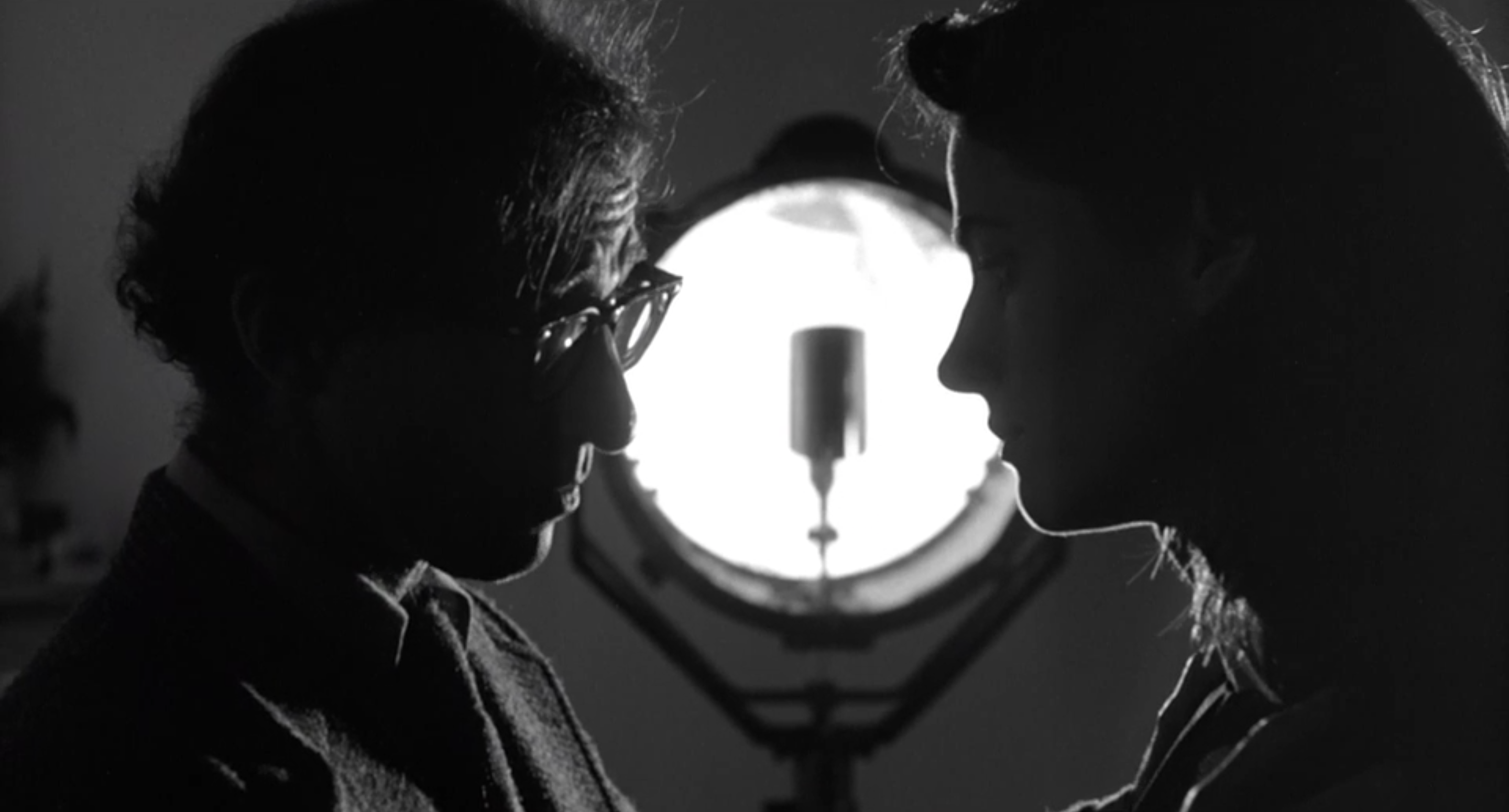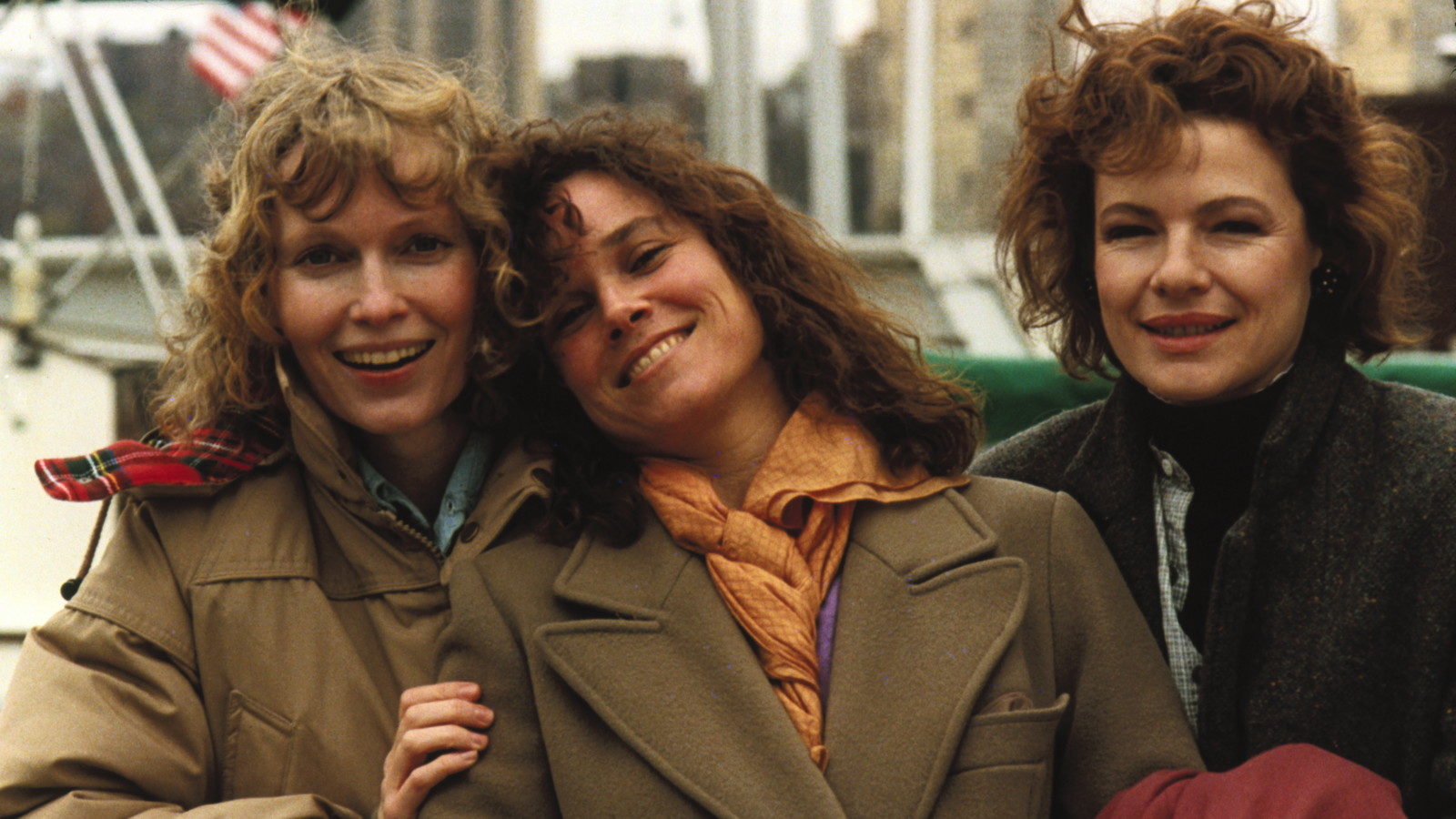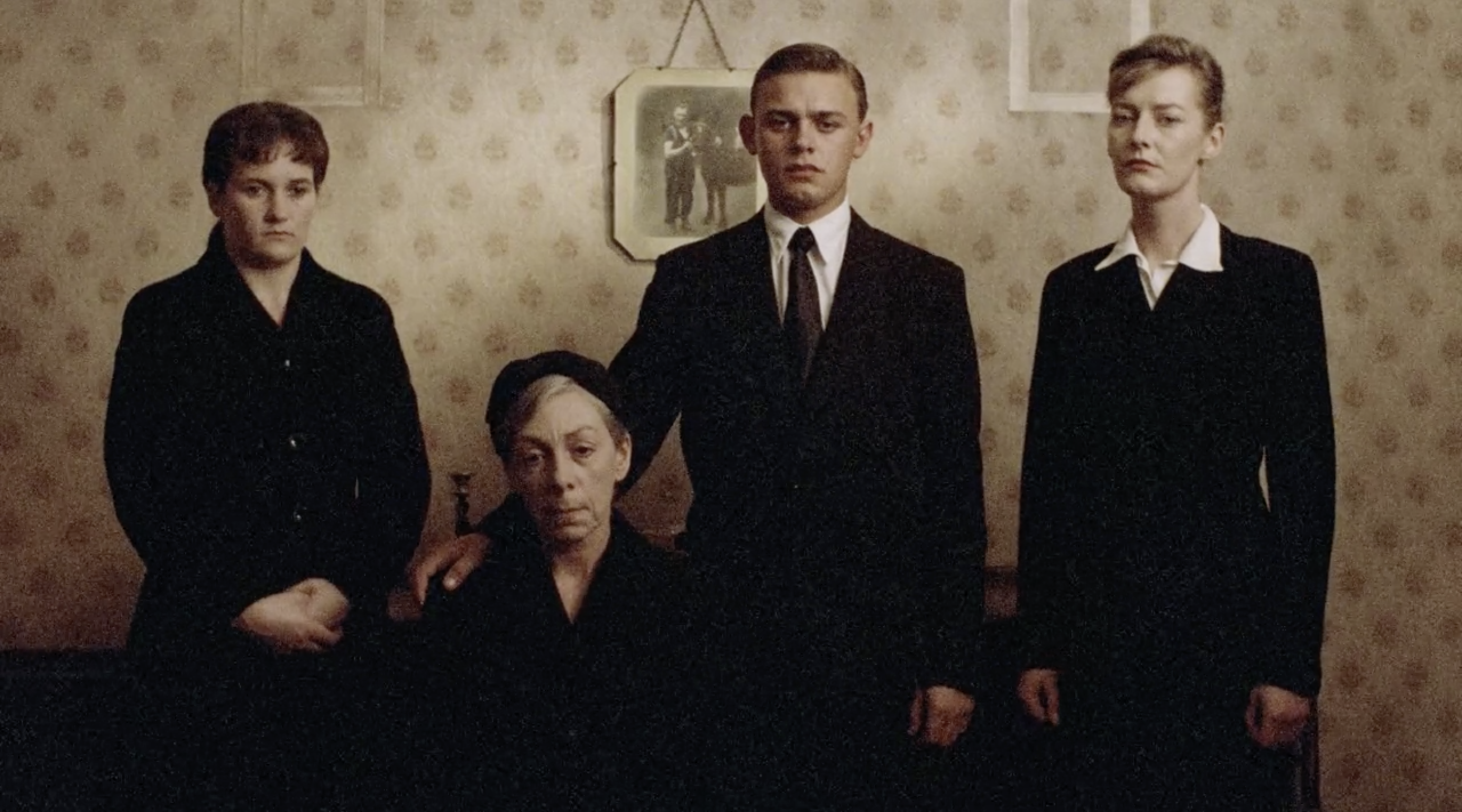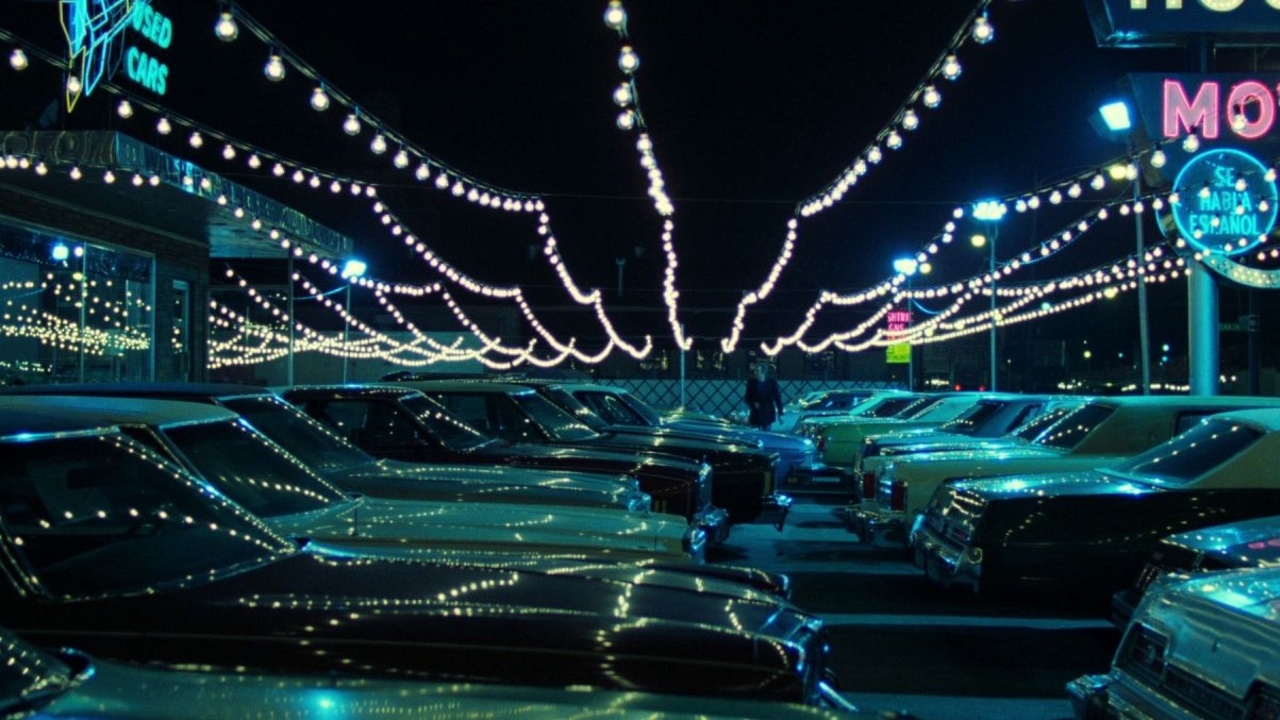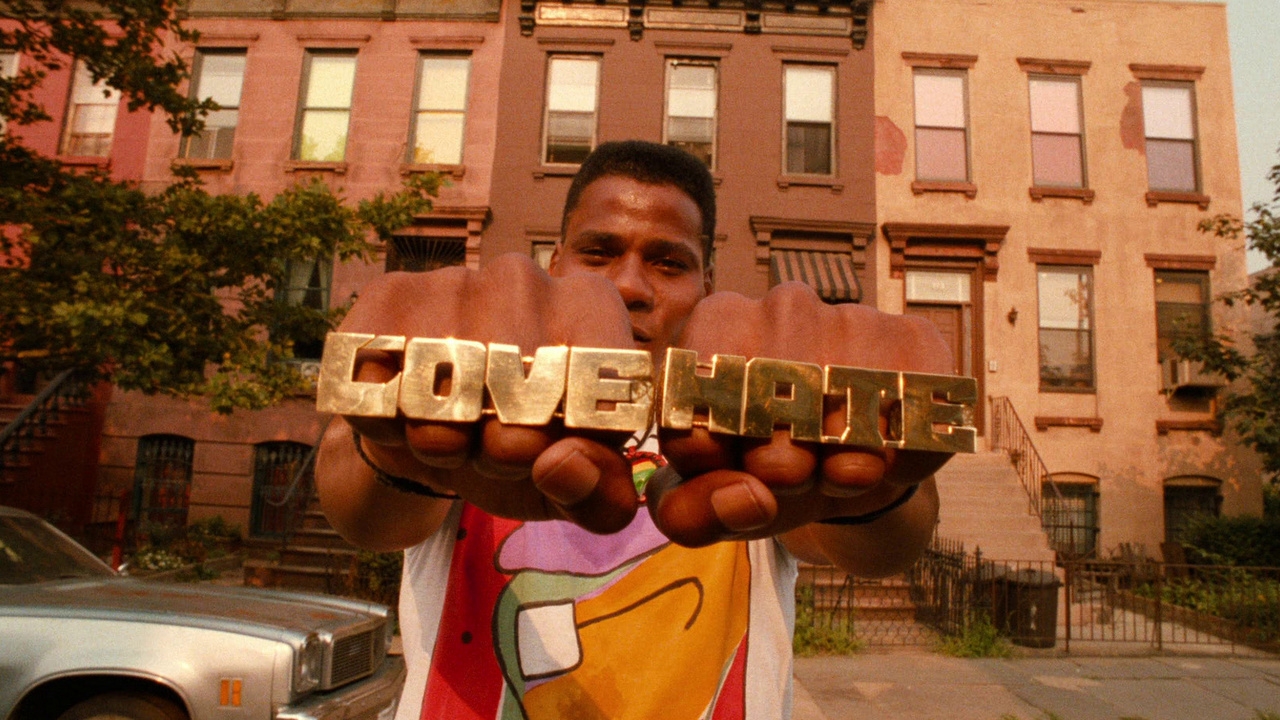The Draughtsman’s Contract (1982)
It is through Peter Greenaway’s playful irreverence and painterly tableaux that the hollow power plays and puzzles of The Draughtsman’s Contract begin to reveal themselves, building out an obscurely Baroque murder mystery that disconcertingly envelops our titular artist in a plot beyond his comprehension.

